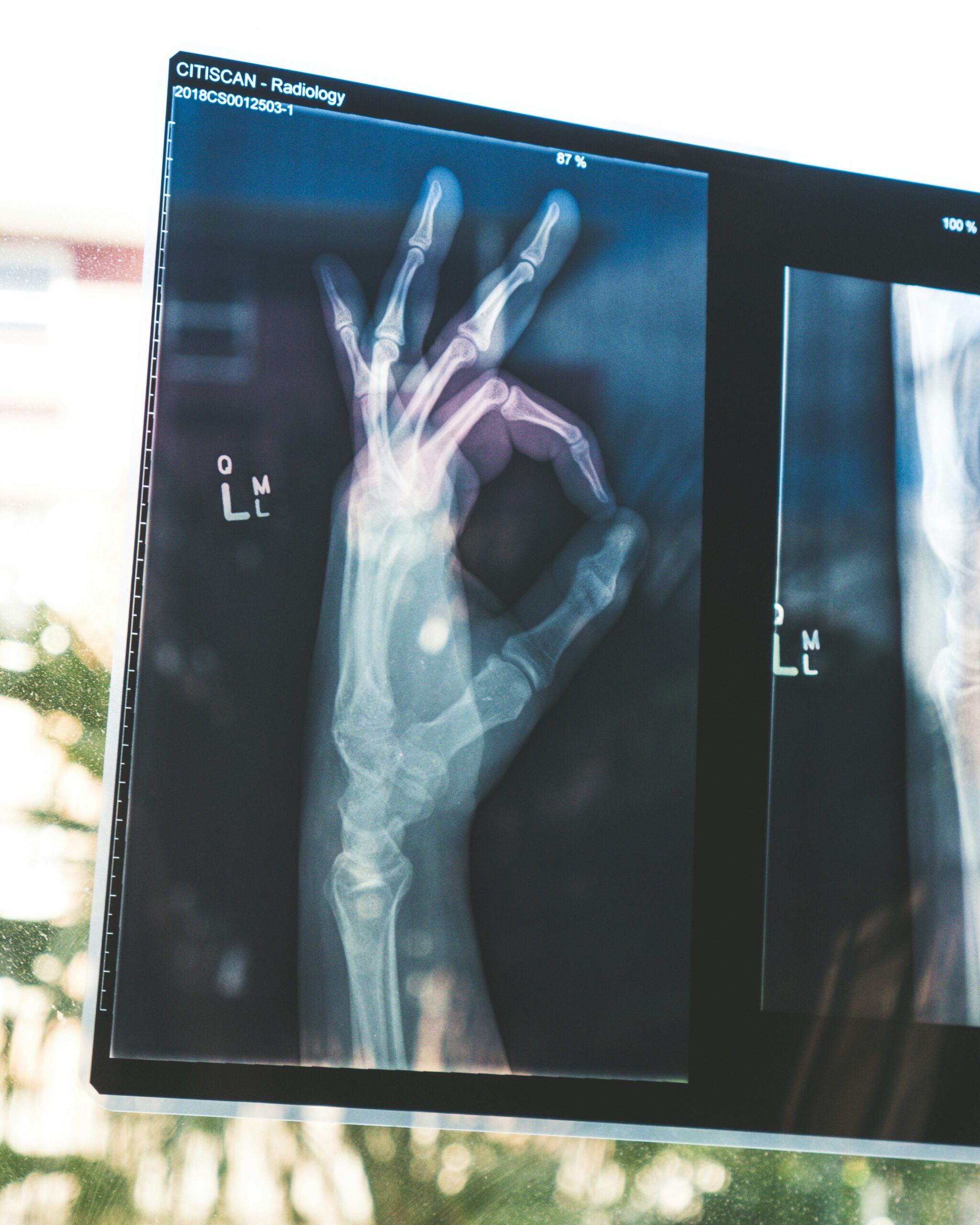You’re curious about the keto diet and wondering how long it will take to shed those stubborn 20 pounds. Well, you’ve come to the right place! In this article, we’ll explore the timeline for losing weight on keto and give you some helpful tips to reach your goal. So, sit back, relax, and get ready to embark on a transformative journey to a healthier and leaner you!

Understanding the Keto Diet
Defining keto diet
The keto diet, short for ketogenic diet, is a high-fat, low-carbohydrate eating plan that has gained popularity in recent years. It focuses on drastically reducing your intake of carbohydrates and replacing them with fats. This shift in macronutrient ratios puts your body into a metabolic state called ketosis, where it relies on burning fat for fuel instead of carbohydrates. The goal of the keto diet is to trigger and maintain ketosis, which may lead to weight loss and other health benefits.
Exploring the science behind the keto diet
The science behind the keto diet lies in the way it alters your body’s metabolism. When you consume carbohydrates, your body breaks them down into glucose, which is the primary source of energy for your cells. However, when you restrict your carbohydrate intake, your body starts to run out of glucose and begins to utilize stored fat as its energy source. This process leads to the production of ketones, which are molecules that your body can use as an alternative fuel source. By maintaining a low-carb, high-fat diet, you can sustain ketosis and promote fat burning.
The basics of ketosis
Ketosis is the key metabolic state that the keto diet aims to achieve. It occurs when your body’s carbohydrate stores are depleted, and fat becomes the primary source of fuel. During ketosis, your liver converts fatty acids into ketones, which are then utilized by your body for energy. This shift in energy metabolism can have numerous benefits, including weight loss, increased mental clarity, and improved insulin sensitivity. To reach and maintain ketosis, it is crucial to limit your carbohydrate intake to around 20-50 grams per day.
How The Keto Diet Aids Weight Loss
Role of ketosis in fat burning
The primary reason why the keto diet aids in weight loss is its ability to promote fat burning. When your body is in a state of ketosis, it becomes efficient at breaking down stored body fat and converting it into ketones for energy. This process not only leads to a reduction in overall body fat but also specifically targets stubborn areas such as the belly, hips, and thighs. By following a well-formulated keto diet, you can optimize fat burning and accelerate weight loss.
Importance of low-carb consumption
One of the fundamental principles of the keto diet is limiting your carbohydrate intake. By significantly reducing your carb consumption, you can stabilize your blood sugar levels and prevent insulin spikes. This is important because insulin is a hormone that promotes fat storage. By keeping your insulin levels low, your body is more likely to utilize stored fat for energy, leading to weight loss. Additionally, low-carb consumption can help control your appetite and reduce cravings, making it easier to maintain a calorie deficit, another key factor in weight loss.
Factors That Influence Weight Loss on Keto
Your starting weight
Your starting weight can significantly impact the rate at which you lose 20 lbs on the keto diet. Generally, individuals who have a higher starting weight may experience more rapid initial weight loss due to a higher metabolic rate, increased energy expenditure, and larger fat stores. However, as you approach your weight loss goal, the rate of weight loss may slow down, and it may take longer to shed those last few pounds.
Your calorie intake
While the keto diet does not require strict calorie counting, it is still essential to create a calorie deficit for weight loss. Consuming more calories than your body needs can hinder your progress, even if you are following a low-carb, high-fat diet. To achieve the desired weight loss of 20 lbs, you may need to adjust your calorie intake accordingly. It is recommended to consult with a healthcare professional or a registered dietitian to determine the appropriate calorie intake for your specific needs.
Your activity level
Physical activity plays a significant role in weight loss on the keto diet. Engaging in regular exercise can not only increase your calorie expenditure but also improve your overall health and well-being. By incorporating aerobic exercises, such as jogging or cycling, and strength training exercises into your routine, you can enhance your weight loss efforts. Additionally, exercise helps to maintain and build lean muscle mass, which can increase your metabolism and promote fat loss.
Your gender and age
Gender and age can also influence weight loss on the keto diet. Generally, men tend to have a higher metabolic rate and a higher muscle mass than women, making it easier for them to lose weight. Additionally, as we age, our metabolic rate naturally slows down, which can make it more challenging to lose weight. However, by following a well-designed keto diet and incorporating regular physical activity, individuals of all genders and ages can achieve significant weight loss.
Genetic factors
Genetic factors can also play a role in weight loss on the keto diet. Each individual’s genetic makeup is unique and can influence various aspects of their metabolism, including how efficiently their body utilizes fats and carbohydrates. While genetics may play a role in determining the rate of weight loss, it is important to remember that lifestyle factors such as diet and exercise still have a significant impact. By making sustainable changes to your lifestyle, you can achieve successful weight loss regardless of your genetic predisposition.
Estimated Time Frame for Losing 20lbs
Providing a general estimate
The time frame for losing 20 lbs on the keto diet can vary greatly depending on individual factors such as starting weight, calorie intake, activity level, and genetic factors. On average, a safe and sustainable rate of weight loss is considered to be 1-2 lbs per week. Based on this estimate, it may take approximately 10-20 weeks to lose 20 lbs. However, it is important to note that this is a general estimate, and individual results may vary.
Understanding weight loss isn’t linear
It is essential to understand that weight loss is not always a linear process. Your body’s weight can fluctuate from day to day due to factors such as water retention, hormonal changes, and digestion. It is normal to experience periods of faster weight loss followed by plateaus or even slight weight fluctuations. It is crucial to stay consistent with your keto diet and lifestyle modifications, as the overall trend should be towards gradual weight loss.

Speeding Up Weight Loss on Keto
Increasing physical activities
To speed up weight loss on the keto diet, incorporating regular physical activities is key. Exercise not only burns calories but also increases your metabolic rate and promotes the preservation of lean muscle mass. Aim for a combination of aerobic exercises, such as brisk walking or swimming, and strength training exercises to maximize the benefits. Consider incorporating high-intensity interval training (HIIT) workouts, as they have been shown to be effective in boosting metabolism and aiding in weight loss.
Making dietary adjustments
While the keto diet itself is already low in carbohydrates, making further dietary adjustments can help accelerate weight loss. Focus on consuming whole, unprocessed foods that are rich in nutrients and low in carbs. Prioritize foods such as leafy greens, lean proteins, healthy fats, and fiber-rich vegetables. Additionally, be mindful of portion sizes and consider tracking your macronutrient intake to ensure that you are staying within the recommended ranges for the keto diet.
Intermittent fasting and keto
Intermittent fasting is another approach that can be combined with the keto diet to accelerate weight loss. This eating pattern involves cycling between periods of fasting (typically 16-20 hours) and designated eating windows. During the fasting period, your body depletes its glycogen stores and switches to using fat for energy, which can enhance the effects of ketosis. By incorporating intermittent fasting into your keto routine, you can further optimize fat burning and promote weight loss.
Potential Challenges in Losing 20lbs on Keto
Side effects of the keto diet
Like any dietary change, the keto diet may come with some side effects as your body adapts to the new way of eating. These can include initial fatigue, brain fog, dizziness, and nausea, collectively known as the keto flu. However, these symptoms are typically temporary and can be managed by staying hydrated, consuming electrolytes, and ensuring sufficient intake of vitamins and minerals. It’s important to consult with a healthcare professional before starting the keto diet, especially if you have any underlying medical conditions.
Difficulty in sticking to the diet
Sticking to the keto diet can be challenging for some individuals, especially in social settings or when cravings for high-carb foods arise. It requires careful meal planning, reading food labels, and being mindful of hidden carbs. Overcoming these challenges may involve finding keto-friendly alternatives for your favorite foods, seeking support from friends and family, and experimenting with new recipes and flavors. Remember, a flexible and adaptable approach can help you sustain the diet long-term and achieve your weight loss goals.
Dealing with weight loss plateaus
Weight loss plateaus are a common occurrence on any weight loss journey, including the keto diet. Plateaus happen when your body adapts to the changes you’ve made, and the rate of weight loss slows down or stops temporarily. If you encounter a weight loss plateau, it’s important not to get discouraged. Instead, reassess your dietary habits and make adjustments as needed, such as reducing your calorie intake or changing up your exercise routine. It may also be helpful to consult with a healthcare professional or a registered dietitian for personalized guidance.

Importance of Setting Realistic Weight Loss Goals
Understanding healthy weight loss pace
Setting realistic weight loss goals is essential for a sustainable and healthy approach to losing weight on the keto diet. While it is natural to want quick results, aiming for rapid weight loss can be counterproductive and potentially harmful to your overall well-being. The recommended rate of weight loss is 1-2 lbs per week, as this allows for the gradual adaptation of your body and ensures that the weight you lose is primarily fat. Additionally, slower weight loss is often associated with better long-term weight maintenance.
Creating a sustainable plan
To ensure long-term success with weight loss on the keto diet, it is crucial to create a sustainable plan. This involves setting realistic goals, developing healthy eating habits, and incorporating regular physical activity into your routine. Focus on making small, gradual changes that you can maintain over time rather than resorting to extreme measures. By building a solid foundation of sustainable habits, you can achieve your weight loss goals while also improving your overall health and well-being.
Success Stories of Losing 20lbs on Keto
Sharing personal experiences
Many individuals have successfully lost 20 lbs or more on the keto diet and have shared their inspiring stories. These personal experiences serve as a testament to the effectiveness of the keto diet for weight loss. Reading about others’ journeys can provide motivation and guidance, as well as offer insights into the challenges and strategies for success. Online communities, social media platforms, and support groups can be valuable resources for connecting with individuals who have achieved their weight loss goals on keto.
Tips and tricks from successful dieters
Successful dieters on the keto diet often have valuable tips and tricks that have helped them reach their weight loss goals. Some common strategies include meal prepping and planning, tracking macronutrients, staying consistent, and finding support systems. Experimenting with different recipes, utilizing keto-friendly substitutes, and being open to trying new foods can also contribute to a more enjoyable and sustainable keto experience. Remember, what works for one person may not work for another, so it’s important to find a routine and approach that aligns with your preferences and lifestyle.
Common Mistakes to Avoid When Trying to Lose 20lbs on Keto
Eating too many keto-friendly foods
While the keto diet allows for a wide variety of delicious and satisfying foods, it’s important not to overindulge in keto-friendly options. Some individuals mistakenly believe that they can consume unlimited amounts of fats and proteins without any consequences. However, excessive calorie intake, even from healthy sources, can hinder weight loss progress. It’s essential to be mindful of portion sizes and practice moderation when enjoying keto-friendly meals and snacks.
Not drinking enough water
Proper hydration is crucial for overall health and can also support weight loss efforts on the keto diet. When you restrict carbohydrates, your body releases water that was previously stored in glycogen. This can lead to increased water loss and potentially cause dehydration if not properly replenished. Aim to drink at least 8-10 glasses of water per day to maintain optimal hydration levels and support various bodily functions, including metabolism and digestion.
Skipping meals
While intermittent fasting can be combined with the keto diet, regularly skipping meals altogether is not recommended for most individuals. Skipping meals may lead to excessive hunger, which can potentially result in overeating or making unhealthy food choices. It is important to listen to your body’s hunger and fullness cues and fuel it with balanced meals that provide essential nutrients. Consistency with meal timing and spacing your meals evenly throughout the day can help stabilize your blood sugar levels and support weight loss.
Overlooking micronutrients
When following the keto diet, it is essential to prioritize the intake of nutrient-dense foods to ensure you are meeting your body’s micronutrient requirements. Cutting out certain food groups, such as grains and fruits, may result in a deficiency in certain vitamins, minerals, and fiber. To mitigate this risk, focus on incorporating a variety of low-carb, nutrient-rich foods into your meals, such as leafy greens, cruciferous vegetables, nuts, and seeds. Additionally, supplementing with a high-quality multivitamin or consulting with a registered dietitian can help address any potential nutrient gaps.
Maintaining Weight Loss After Hitting Your Goal
Transitioning from the keto diet
Once you have reached your weight loss goal on the keto diet, it is important to have a plan for transitioning to a sustainable eating pattern. Many individuals choose to gradually reintroduce carbohydrates into their diet while maintaining portion control and making healthier choices. It is crucial to find a balance that works for you and allows you to maintain your weight loss without feeling deprived or restricted. Consulting with a healthcare professional or a registered dietitian can provide guidance and support during this phase.
Introducing regular exercises
To maintain weight loss and promote overall health, regular exercise should be incorporated into your post-keto routine. Engaging in a combination of cardiovascular exercises, strength training, and flexibility exercises can help you maintain muscle mass, boost metabolism, and improve body composition. Finding activities that you enjoy and scheduling them into your daily routine can make exercise a sustainable and enjoyable part of your lifestyle.
Healthy eating habits
Maintaining a healthy eating pattern is crucial for long-term weight maintenance after hitting your goal on the keto diet. Focus on consuming a variety of nutrient-dense foods, including fruits, vegetables, whole grains, and lean proteins. Incorporate healthy fats in moderation and avoid highly processed and sugary foods. Additionally, practicing mindful eating, listening to your body’s hunger and fullness cues, and practicing portion control can help you maintain a healthy weight and support your overall well-being.
In conclusion, the keto diet is a high-fat, low-carbohydrate eating plan that can aid in weight loss through the metabolic state of ketosis. Understanding the science behind the diet, the role of ketosis in fat burning, and the importance of low-carb consumption is essential. Factors that influence weight loss on keto include starting weight, calorie intake, activity level, gender and age, and genetic factors. While a general estimate for losing 20 lbs on keto is around 10-20 weeks, it’s crucial to remember that weight loss is not linear. Strategies to speed up weight loss include increasing physical activities, making dietary adjustments, and incorporating intermittent fasting. Potential challenges on the keto diet include side effects, difficulty in adhering to the diet, and weight loss plateaus. Setting realistic weight loss goals, sharing success stories, and learning from common mistakes can contribute to a more successful keto journey. After hitting your weight loss goal, it’s important to transition from the keto diet, introduce regular exercises, and maintain healthy eating habits for long-term weight maintenance.

